A new report from Chilmark Research examines a largely untapped market in the telemedicine field—the use of telehealth outside of the hospital. The researchers say there will be increased interest in cases in which patients are not being cared for directly but are participating in their care through passive monitoring or active engagement with their care team. As providers seek telehealth partners, Brian Eastwood, an analyst at Chilmark, assesses the challenges that telehealth vendors face. “Vendors should prepare to support value-based care as payers continue to transition away from fee-for-service and look to telehealth as a way to provide low-cost access to convenient care with the potential to improve both clinical and financial outcomes,” he advises. Consequently, Eastwood offers six areas of functionality that are essential to best serve providers and insurers.

The Federal Communications Commission (FCC) is planning to launch a new $100 million telehealth initiative called the Connected Care Pilot Program aimed at low-income Americans, veterans and those living in rural areas. The plan was announced around the same time CMS proposed adding telehealth reimbursement for some services in the 2019 Physician Fee Schedule. The program aims to reduce healthcare costs through technology that connects patients and caregivers online. In particular, the FCC is hoping to lower care costs associated with chronic disease, which account for more than 85 percent of direct healthcare spending in the nation, the FCC stated. “We’re seeing a trend in telehealth towards connected care everywhere,” FCC Commissioner Brendan Carr said in an op-ed announcing the plan. “The FCC has long supported the deployment of broadband to healthcare facilities, but advances in technology mean that high-tech, life-saving services are no longer limited to the confines of connected, brick-and-mortar facilities.” The FCC, the federal agency charged with regulating interstate communications, will vote on the plan at its August meeting. The agency will vote on budgeting, targeting support for low-income patients, including Medicaid eligible patients and veterans, and supporting a limited number of projects over a two- or three-year period. Carr was inspired to drum up the plan after a visit to Mississippi, where a telehealth trial resulted in nearly $700,000 in annual savings from fewer hospital admissions alone. The extrapolated savings for just 20 percent of Mississippi’s diabetic population, if enrolled in the program, would total $189 million per year, the FCC projected. For every $1 spent on remote monitoring, $3.30 was returned in savings, according to a project based in Northeastern U.S. “Given the significant cost savings and improved patient outcomes associated with connected care, we should align public policy in support of this movement in telehealth,” Carr wrote. “At the FCC, we can play a constructive role by helping to support the connectivity and deployments needed to ensure that all communities get a fair shot at benefiting from new telehealth technologies.” In addition to savings, the FCC predicts a connected care pilot would improve health outcomes. “To improve outcomes, drive down costs, and increase access to healthcare, policymakers at every level of government should support this trend towards connected care everywhere,” Carr wrote.


